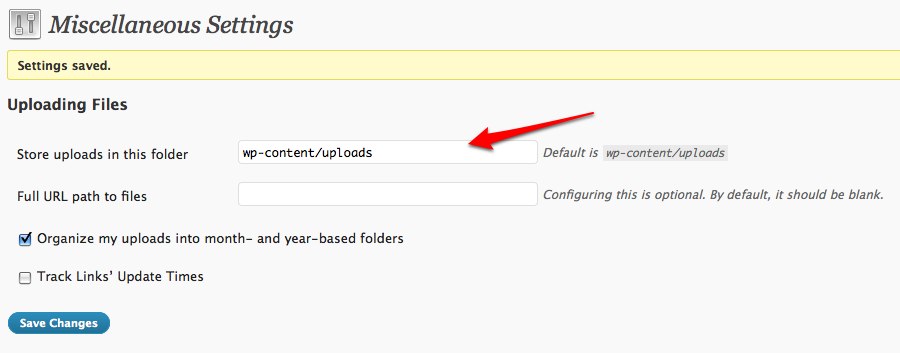Just recently done a 2 week stint working on Windows while Apple Geniuses were working on my MBP, I thought it would be a good time to blog on my own Skribit Suggestion and reflect on my switch to Mac 14 months ago.
Reasons for Switching
Prior to my MBP, I’ve was working on a personal HP laptop that was on it’s last leg. My screen had started developing an assortment of 1 pixel vertical lines and the keyboard would randomly doouble typed keys. I had a choice to make - I can either get another (and better) Windows laptop, or do the the switch. Ultimately, I decided on switching. Here were my reasons.
Apple made great looking laptops that looks good too
Apple really makes some really good looking laptops, but it’s easy to forget that they they’re functionally great laptops too. When my wife first got her MacBook, I was amazed at how everything looked so crisp on it. And speaking as someone that has broken a power connector on a laptop before, MagSafe is a must-have awesome feature.
A Unix based Operating System
When you do development, working on a Unix based environment with a real command line is a big advantage. Cygwin can help bridge that gap on Windows, but it’s nothing like having a terminal that can size itself properly and not having to constantly translate Windows paths to Unix paths and vice versa.
Another benefit of having a Unix OS is that Open Source software plays much better on it than on Windows. Most OSS is developed to target Unix first, Windows second. When working on Elf Island on Windows, my workflow while working on the game (which is developed primarily using OSS), involved starting two different services from Windows System Tray, starting another service from the Windows Services, and finally running a few commands from Cygwin. I can do the equivalent of all that from the command line on a Unix environment.
A Paid-For Software Friendly Ecosystem
For some reason, it seems that Mac users are willing to pay for software, and as a result there is a lot of reasonably price software for Macs. Doing software development myself, I can appreciate and definitely want to support this line of thinking. Sure, Windows has tons of commercial, paid-for software, but I can’t say I feel comfortable about downloading them for fear of excessive ads, poor installations practices, and/or spyware.
Experiencing Something New
Probably the biggest reason for doing the switch is that I’ve been using Windows for years. It was time for a change - a change for changes’ sake. Programmers are told that they should regularly learn new languages to keep their skills sharp and to explore new ways of doing things. It should be the same with the software you use as well. If you develop software, you owe it to yourself to see how the other side does it to gain some perspective.
Conclusions
So after a year of working fully on the Mac, here’s are some things I like and don’t like about my OS X:
Pros
- Windows Management. It took a while getting used to, but I have grown to prefer Command+Tab & Command+` to Windows Alt+Tab model.
- OS Degradation. With my prior laptop, Windows had greatly degraded by it’s first anniversary. I haven’t experience that with my MBP yet.
- Great TrackPad. When programming, I try to stay on the keyboard as much as possible, but I find that transitioning between the trackpad and keyboard on my MBP the easiest of any laptop I’ve used before.
Cons
- Keyboard Shortcut Images. For some strange reason keyboard shortcuts are still displayed using icons (
 ) that in some cases are no longer shown on the keyboard. Trying to remember what icon is what key can feel like akin to decipher hieroglyphics.
) that in some cases are no longer shown on the keyboard. Trying to remember what icon is what key can feel like akin to decipher hieroglyphics.
- Alt Key Menu Access. I miss how the Alt key in Windows gave you keyboard access to the application menu. I often used that function keyboard shortcut.
- I Miss My Alt+Ctrl+Delete. I kind of feel that Windows does a better job of preventing errant applications from locking up the whole OS. I attribute that to Window’s plentiful experience with crashes and lockups. It seems that lockups on OS X are more catastrophic (requiring a hard reboot) than they should be.
http://macromates.com/
